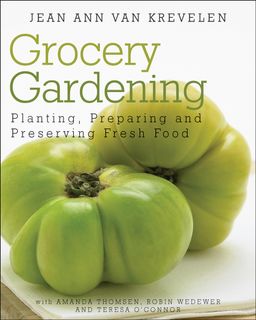 Photo by seeks2dream on www.flickr.com
Photo by seeks2dream on www.flickr.comI'm happy to report the forysthia are blooming in Idaho. That means it's time to prune the roses.
Pruning roses now rejuvenates the plant after a period of dormancy and stimulates growth. Before grabbing your clippers, however, keep these six simple steps in mind:
- For smaller rose canes, use a good quality scissor type of hand pruner, not the Anvil type. For cutting larger canes, use a pair of lopping shears with 18" handles. Clean equipment with a solution made of one part household bleach to nine parts water. Or, swab shears with 70 percent denatured alcohol. This will reduce the spread of disease in your garden.
- Always prune roses at a 45 degree angle about 1/4 inch above the nearest outward-facing bud. The American Rose Society offers good illustrations. Wearing long, heavy duty gloves will help you avoid injuries.
- Remove dead, diseased or broken canes first. Also remove any suckers, which grow from the root section below the bud union. Then working from the bottom, clean out the middle of the bush to encourage good air circulation. Age isn't appreciated with rose canes. So, prune out the oldest canes at the base to encourage strong growth of the younger canes. Clean up old leaves and debris where pests and pathogens may have overwintered.
- Different types of roses require different pruning methods. Hybrid teas, for instance, typically need more pruning than floribundas or climbers, according to Texas Cooperative Extension. Miniatures like to be pruned a few inches from the ground, and need to be divided every couple years.
- If your roses bloom once a year, always prune them after they bloom. Normally, they bloom on old wood, so you don't want to cut off future flowers. I learned that lesson the hard way.
- Do you live in Florida, where roses grow year round in much of the state? If so, here's what the University of Florida recommends.


















